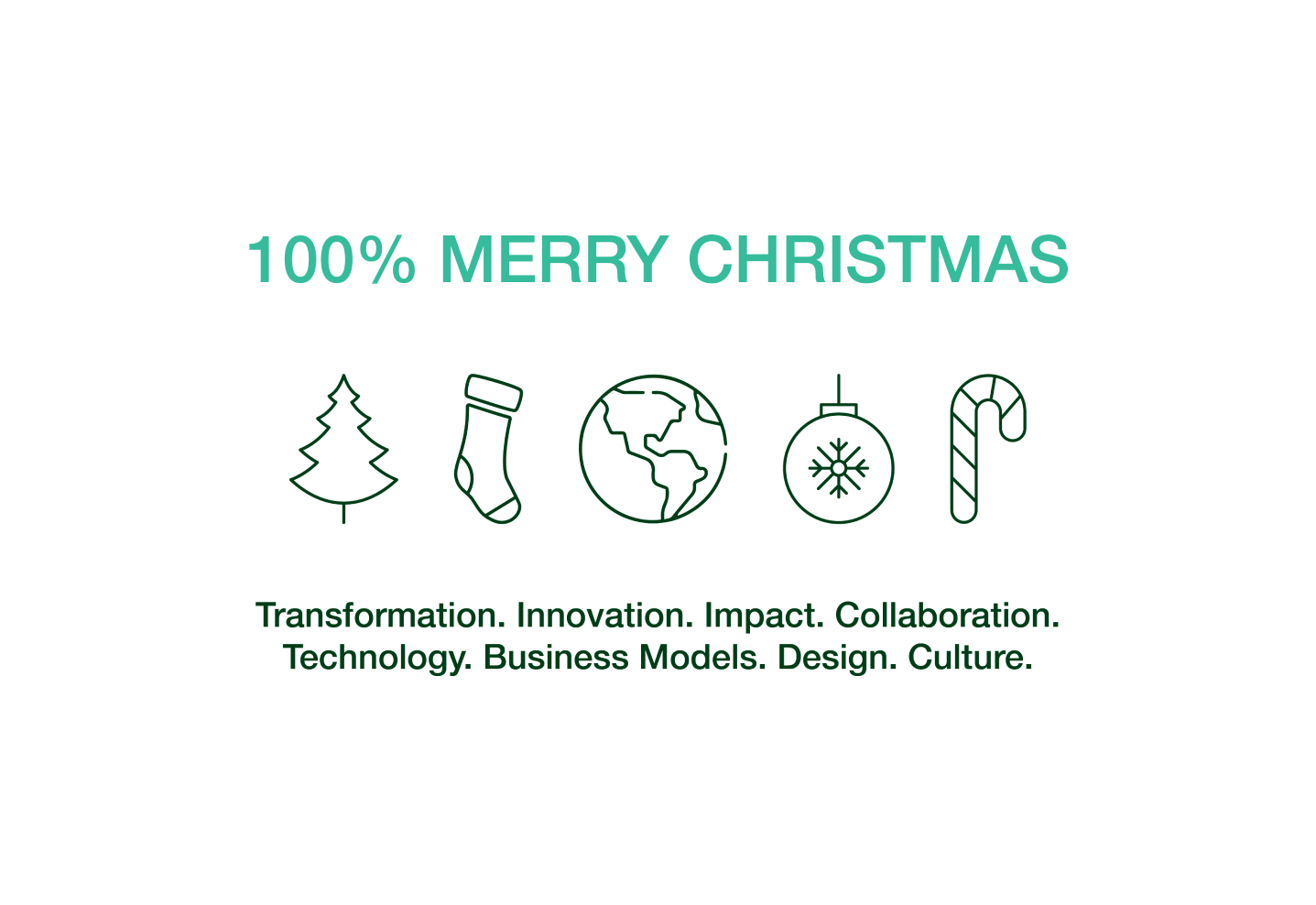Social innovation involves the capacities of individuals and organizations to take advantage, more effectively and efficiently, of the elements of the territory in a sustainable way. The circular economy model is a benchmark for social innovation in this regard. The application of social innovation in textiles is closely linked to sustainability.
The Strategy and General Manager professor of ESADE and former academic director of sustainability of the Inditex Group, Alfred Vernis, explained these concepts at the Innovators Club of Girbau LAB in the online session held on May 4.
Vernis emphasized that, in the case of textiles, the circular model involves re-designing, making new design with recycled material to revalue it and avoid waste. It is also needed to develop new services such as business models around textiles. Alfred Vernis stated that the sustainability of large companies can take a long time to arrive if new business models are not activated.
At the same time, and in line with the current situation by the Covid-19 pandemic, local ecosystems will be enhanced. Thus, in the post-confinement period, supply chains will possibly change, reinforcing local distribution.
In addition to the online session, we have interviewed Alfred Vernis more in-depth. In the interview, Vernis details the elements of social innovation in the textile sector. It also highlights the importance of people with a critical mind and open spirit in every process of innovation.
What is social innovation?
A serious academic definition says that social innovation is a more effective and efficient combination of the elements existing in the territory, which needs the capacities of the people and organizations involved to solve the challenges of it in a sustainable way. With flatter words, social innovation is the result
of the intentional work of a group of people, trying to make a positive change acting on the root of complex problems in the territory.
How do we apply social innovation in the textile sector?
When we talk about applying social innovation in the textile sector we must link to innovation in sustainability. We can do it at four levels, as in any company: first, at the level of our value chain, “upstream” (upstream with suppliers); second, at the level of internal processes; third, at the level of focusing on sustainable products and services, “downstream” (downstream, retail, consumers, recycling, etc.); and finally, in sustainable business models.
Which of the levels of social innovation you mentioned is more important?
Everyone is important, and every company will have to see where it can innovate the most. I am especially interested in the fourth level, that of new sustainable business models. For example, in textiles, clothing subscription models (for kids from zero to six years), rental models (for party clothes/ceremonies/celebrations/…) or exchange models (by young people).
What is the most effective way to develop innovation in a company?
Innovation in any company is made by people. In this direction, you first need people who ask awkward questions and are thinking all day about how the company can do things better and more sustainably. Second, you need a team of experts who know the sector very well and are in contact with the group of innovators. And finally, these innovators and these experts have to work in collaboration with suppliers and other companies.
What will laundry machines look like and how will they wash their clothes in 2050?
Tough question. But I’m sure we already know a few things without having a crystal ball.
First, as water will be a very scarce commodity, all washing machines will have to be connected to a system to recover it, or the washing machine itself will incorporate it. Second, household washing machines will be much easier to use and will incorporate energy and water-efficient systems. Third, the washing machines at the industrial and domestic level will be shared (laundry sharing) and we will have a rental system. This is already starting to happen in the automotive industry. Fourth, all the material from which the washing machines are made will be able to be recycled, and it will last much longer: as the manufacturers own the machines, they will be interested in changing them just a few times, and to be easy to repair.
On how clothes will be washed, consumers will be much more polite and wash their clothes less and more efficiently (e.g. not-so-high temperatures and not so often). If we move towards shared living spaces, there will be many shared washing machines in those spaces. Besides, the clothes will be better done. And finally, we will wash less because we will not have to go so warm: the temperature of the planet will be higher and, therefore, we will need fewer clothes.
I think any company, from any sector, would have to do a double exercise: first, think about how the company can help to flat the climate change curve and, second, if they don’t manage to do it, the company has to think how this will affect them and how they can keep thinking about it.




share